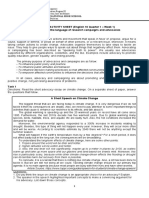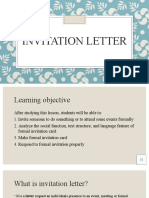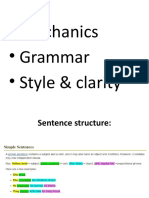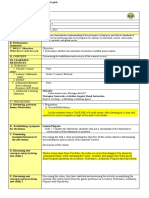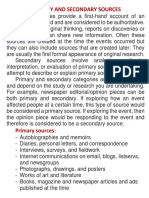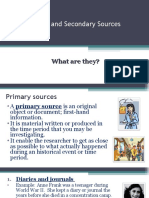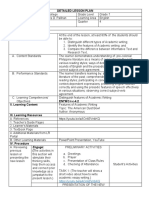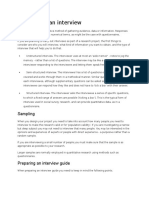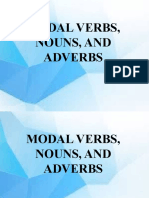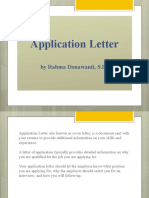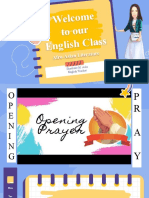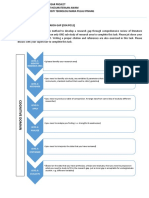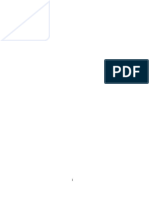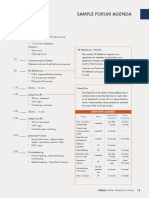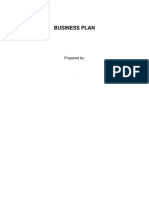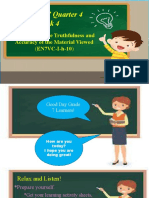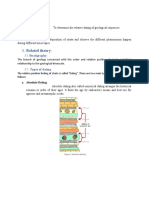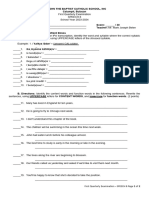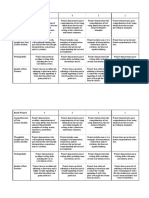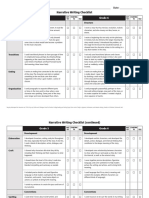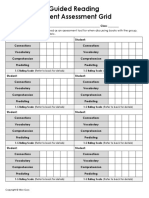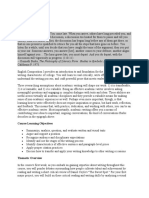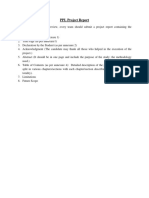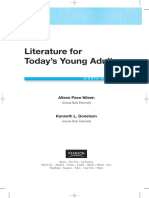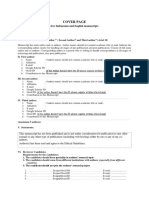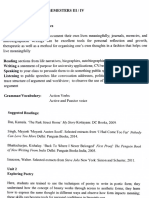0% found this document useful (0 votes)
419 views31 pagesLetter Writing
The document provides information on letter writing, including definitions, purposes, etiquette, mechanics, and formats. It defines a letter and notes they can be sent electronically, hand-delivered, or through regular mail. It discusses etiquette in letter writing and reasons for writing letters, such as to thank someone or respond to a request. The document outlines aspects of letter mechanics like pronoun use and active versus passive voice. It differentiates between business and personal letters and provides examples of each type. Finally, it describes common parts of business letters and formatting styles like block, modified block, and semi-block.
Uploaded by
MuazCopyright
© © All Rights Reserved
We take content rights seriously. If you suspect this is your content, claim it here.
Available Formats
Download as PPT, PDF, TXT or read online on Scribd
0% found this document useful (0 votes)
419 views31 pagesLetter Writing
The document provides information on letter writing, including definitions, purposes, etiquette, mechanics, and formats. It defines a letter and notes they can be sent electronically, hand-delivered, or through regular mail. It discusses etiquette in letter writing and reasons for writing letters, such as to thank someone or respond to a request. The document outlines aspects of letter mechanics like pronoun use and active versus passive voice. It differentiates between business and personal letters and provides examples of each type. Finally, it describes common parts of business letters and formatting styles like block, modified block, and semi-block.
Uploaded by
MuazCopyright
© © All Rights Reserved
We take content rights seriously. If you suspect this is your content, claim it here.
Available Formats
Download as PPT, PDF, TXT or read online on Scribd
/ 31


